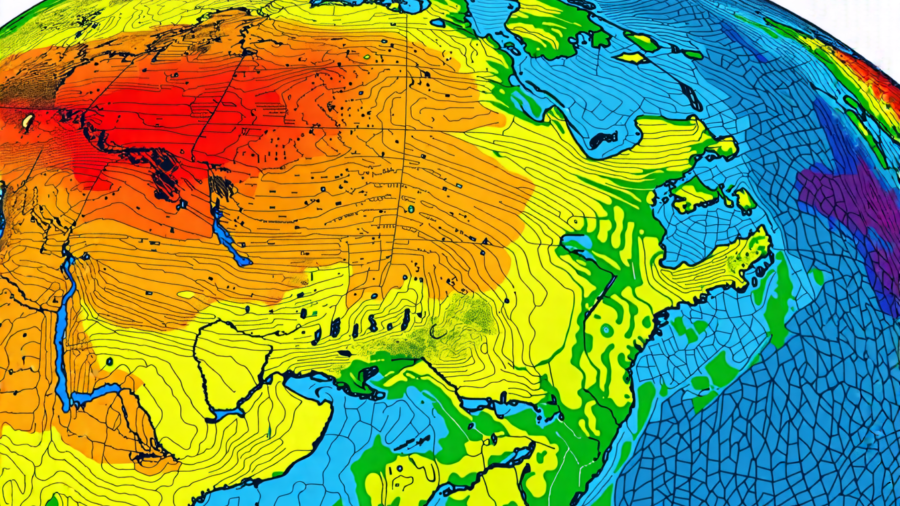Current State of Global Warming: A Critical Overview
The state of global warming has continued to raise alarms globally, with recent data and reports highlighting the escalating environmental crisis. On July 22, 2024, Earth experienced its hottest day ever recorded, a stark reminder of how our planet’s climate is heating up.
This extreme temperature event aligns with the trend seen over the past decade; the ten most recent years have been the warmest since recordkeeping began in 1880.
As we traverse further into the 21st century, projections indicate that climate conditions are likely to deteriorate owing to persistent greenhouse gas emissions, with a high likelihood that one year between 2022 and 2026 will be the warmest on record.
Drivers of Global Warming and Its Health Implications
Human activities, particularly the burning of fossil fuels and extensive deforestation, have been identified as the primary drivers of global warming. This conclusion is supported by a broad consensus within the scientific community, including robust reports from NASA and the Intergovernmental Panel on Climate Change (IPCC).
The rise in global temperatures has far-reaching consequences, impacting public health significantly. The increase in heat levels exacerbates conditions such as heat stroke and respiratory ailments while also fostering the spread of vector-borne diseases. The need to curtail emissions becomes more urgent with every new heatwave and health crisis.
While the average global temperature showcases an upward trajectory, regional variations exist in how different parts of the world are affected. South Florida’s estuaries, for example, have seen a considerable increase in temperature over the past two decades.
This localized data underscores the broader trends of global warming and its uneven manifestation across the planet’s surface. Alarmingly, the ongoing melt of ice caps and glaciers continues unabated, contributing to rising sea levels—a trend exemplified by the almost record-low sea ice extent in Antarctica for the second consecutive year.
Consequences and Efforts to Combat Climate Change
With global temperatures on the rise, the planet faces more frequent and intense weather phenomena. The increase in temperature, fueled chiefly by human-produced greenhouse gases, results in more severe heatwaves and extreme weather events such as hurricanes, floods, and droughts.
Consequently, the pressure mounts for robust international strategies to tackle these changing climatic conditions. Global frameworks, such as the Conference of Parties (COP) and the Climate Change Performance Index (CCPI), play critical roles in monitoring, comparing, and improving national climate actions toward achieving the goals of the Paris Agreement.
As we grapple with these multifaceted issues, understanding future warming projections becomes crucial. The degree of warming that Earth will undergo depends significantly on future emissions of carbon dioxide and other greenhouse gases. Activities like burning fossil fuels and deforestation add vast amounts of carbon to the atmosphere annually, suggesting an urgent need for sustainable practices to mitigate these effects.
In conclusion, the current state of global warming presents a dire scenario driven primarily by human activities and characterized by record-breaking temperatures, health crises, and increasingly severe weather events.
Through committed international cooperation and stringent environmental policies, there lies the potential to curb the trend and safeguard the planet for future generations. The stakes have never been higher, and the path forward demands both acknowledgment of the crisis and concerted efforts to drive meaningful change.










